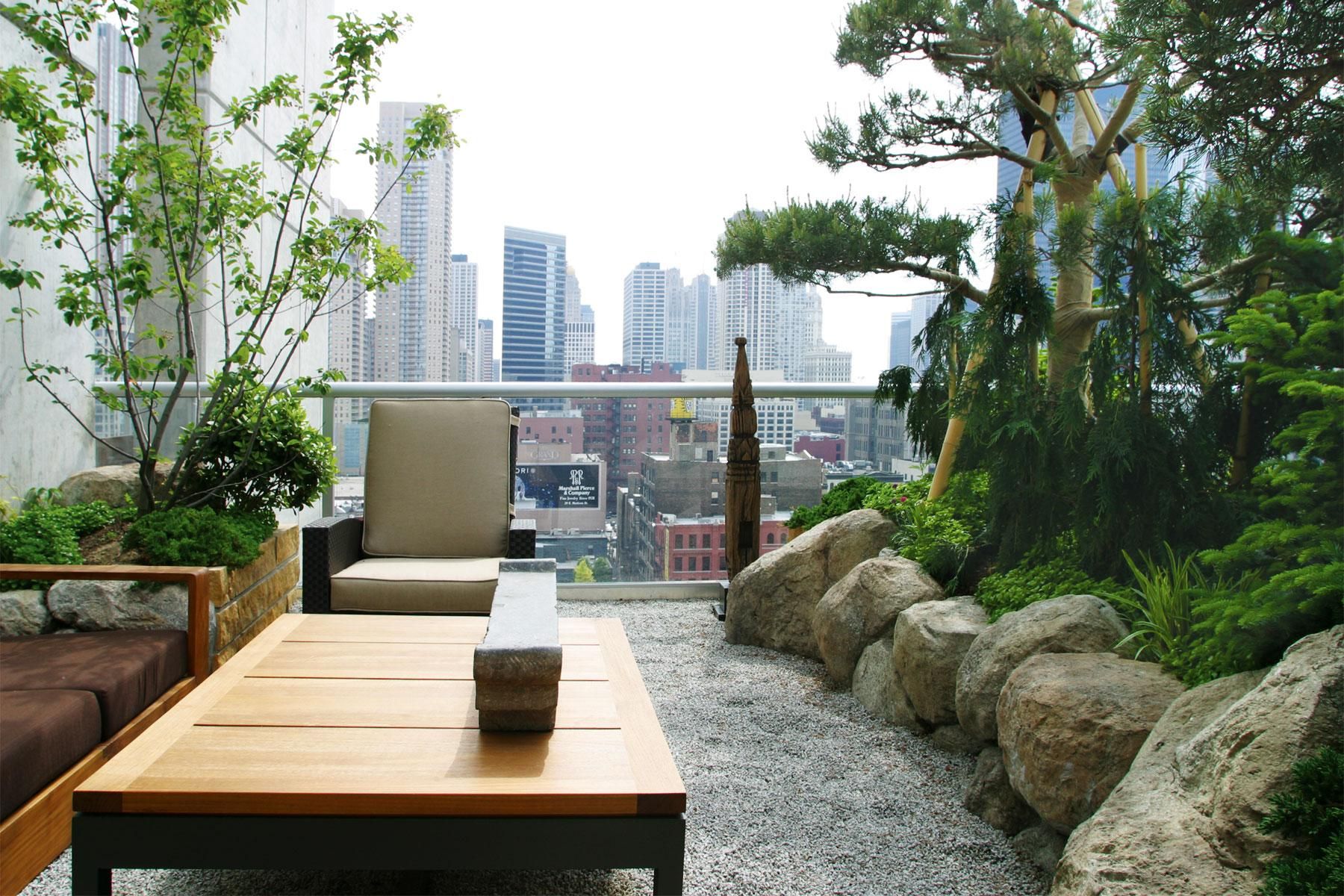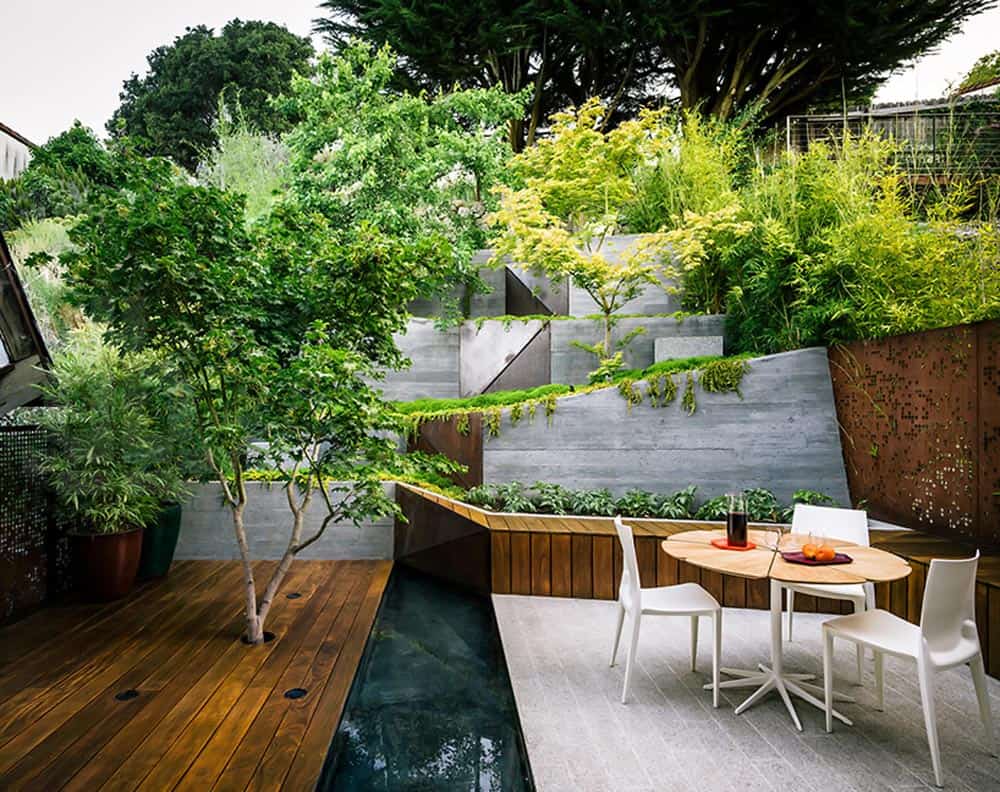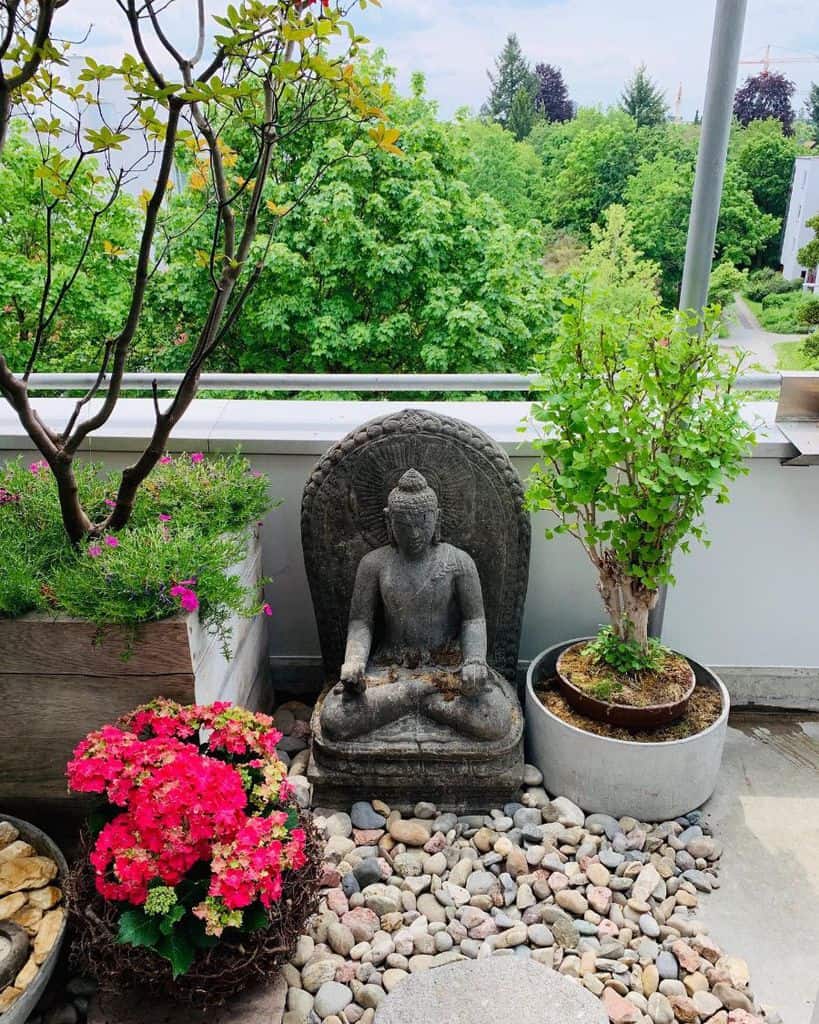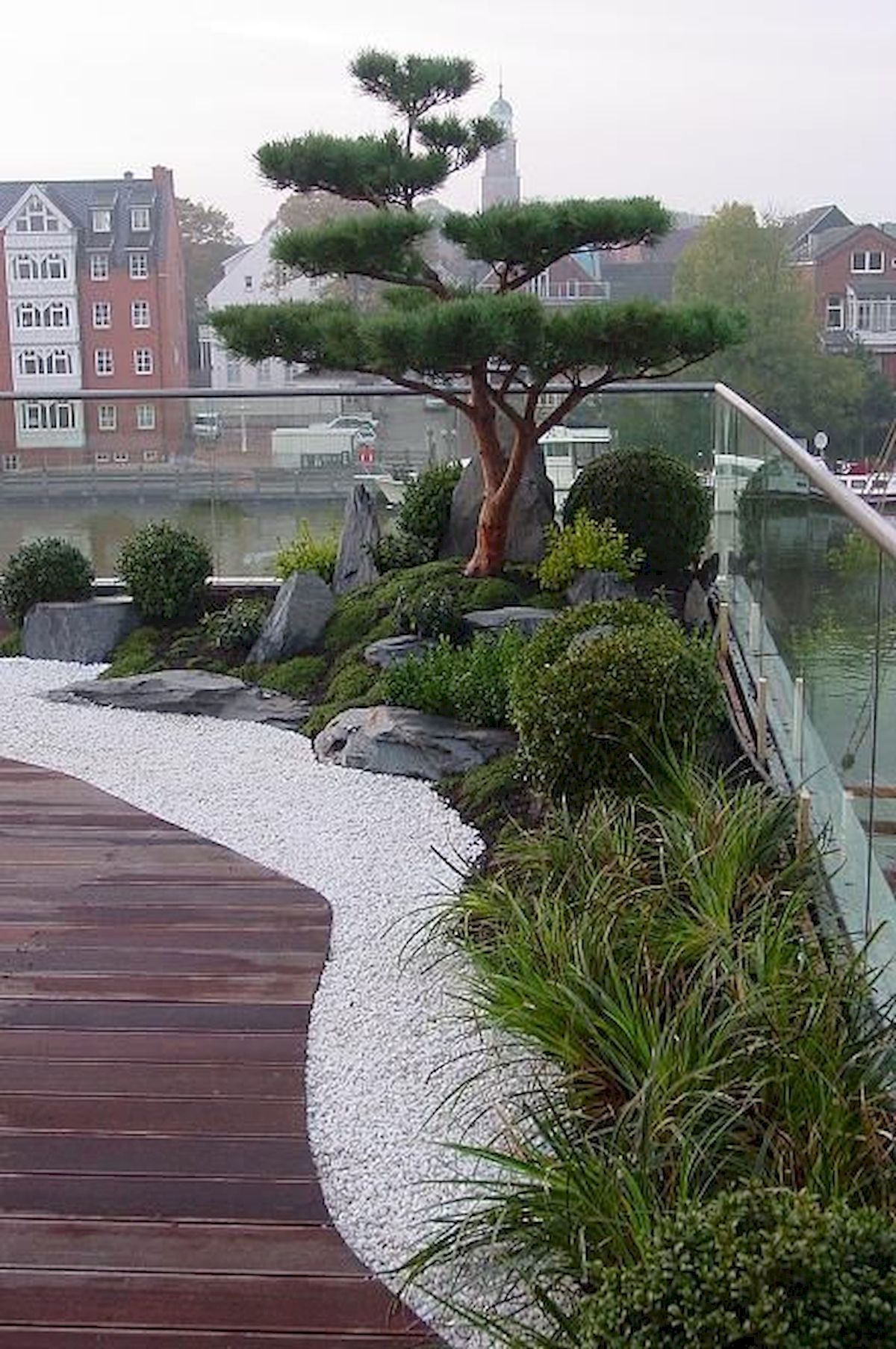
The culture of Japan is amazing. All of its peculiarities evolved over centuries of Shinto and Buddhist influence, and have resulted in a unique desire for beauty and the cult of form, as well as refinement and elegance that urge meditation and inner serenity in all of its expressions. One of these examples may be seen in gardens, which are highly valued in Japanese culture since they connect people with nature in their own homes or even in locations as artificial as 21st-century megacities.
Although the most impressive Japanese gardens are those that require large areas of land for their creation, we can create some of these small havens of peace in the confines of our homes by employing the same philosophy that governs these spaces and even placing them in spaces as small as a terrace or balcony. Continue reading to learn how to create a Japanese garden on a terrace and what criteria you should consider when doing so.
Planning Your Japanese Garden
If you’re looking for a way to add some Japanese flair to your garden, consider creating a terrace garden. Here’s how:
1. Decide on the layout of your terrace. Will it be rectangular or circular? Will it have one or multiple tiers? How wide will the terrace be?
2. Choose the type of plants you want to include. You can go with flowering annuals and perennials, or even trees and shrubs that are native to Japan. Remember to factor in the climate where you live – some plants may not be appropriate in all areas of the country.
3. Create a planting plan. Begin by selecting the types of plants you want and mapping out where they should go. Then, lay out stones, pavers, or another hard surface beneath them so that water won’t collect and cause root rot.
4. Water your plants regularly, especially during dry periods. And be sure to fertilize them as needed.
5. Enjoy your Japanese-style garden!
Creating the Basic Layout of Your Terrace Garden
When planning your Japanese garden on a terrace, it’s important to first consider the layout of the space. Decide whether you want a rectangular or an oval garden and plan accordingly. Once you have your layout, begin by layering your landscape elements. Start with the foundation, which in this case will be soil and rocks. Add plants and stones next, working your way up to the top layer of the garden. To create a natural look, try to use local materials and emphasize plants that are endemic to Japan.
Japanese garden Design and Construction

The first thing to remember while creating a Japanese garden is that, while they all share aspects, there is no single guideline or rulebook that serves as a dogma. In fact, the idea behind each of the parts that make up a Japanese garden is the most significant factor in its implementation. As a result, there is no such thing as a single sort of Japanese garden, but all those that are inspired by this principle can be labeled Japanese gardens.
The Shinto faith and Zen Buddhism are examples of this philosophy. These worldviews place a high value on humans being in tune with the rest of nature, and meditation plays a crucial role in this. Unlike what we might think of as “western” gardens, Japanese gardens flow with nature in order to unite with it. That is, rather than “dominating” nature, one seeks to blend with it. In this approach, we may expect to see curved lines, components found in nature, and a beautiful portrayal of areas designed simply to interact with nature in Japanese gardens.
How to Prepare The Space to Make Small Japanese Garden

With a few exceptions, it is evident that most of the terraces are too tiny to accommodate a huge Japanese garden. As a result, it’s critical to understand what true options we have and what we don’t. As a result, the first step in creating a Japanese garden on our terrace is to determine the space that will be allocated to this garden and adapt it to our needs as much as possible. Once the space has been defined, the Japanese garden will be developed by placing or adding items that let us connect with nature, which should be the ultimate goal of any Japanese garden, as previously stated.
Paths are an important aspect of Japanese gardens because they allow people to practice walking, which is a means of interacting with nature. However, because this will not be allowed on a terrace, it is better to choose the gazebo, which is another common structure in these gardens. A gazebo is a semi-open place that allows you to feel comfortable while still being connected to nature. The tea ceremony, which is one of the highest forms of meditation and connection with the ultimate that may be practiced, is generally performed in this location.
In this regard, creating a location where we can sit, contemplate, drink tea, or just devote ourselves to contemplation is one of the components that we should consider while creating a Japanese garden on our terrace. The best thing to do is modify this space first, which can be directly on the floor on a carpet with cushions, and then add different components linked to Japanese gardens in and around this space.
Common Elements in a Japanese Zen Garden

Every Japanese garden should have the following elements:
The Stones
In a Japanese garden, stones are one of the most significant features. The finest part is that they are natural stones, meaning that they have not been purposefully altered by humans. Sharp and pointed stones, particularly basalt stones, are commonly utilized in Japanese gardens. They can be utilized as a decorative element or to define the garden space.
The Sand Garden
One of the most well-known varieties of Japanese gardens is sand gardens, commonly known as Zen gardens. These gardens roughly reflect the mainland (with the stones) and the ocean (with the sand), with the waves shaped with a rake. In Japanese gardening, it is one of the most commonly utilized meditative techniques, so if we have space on our patio, we can add a tiny sand garden that will provide harmony to the whole.
Bonsai
Bonsai are small trees grown in a tray. They are a way of encapsulating a small piece of nature in order to keep it close to us despite the gap that can exist between us and the most genuine nature. They are a fantastic alternative for adapting the limited space available to the needs of being close to the wild and authentic nature that the trees symbolize in the case of a Japanese garden on a terrace.
Water
Ponds and water in general are another essential components of any Japanese garden. This element is tough to incorporate on a terrace. However, using water plants, such as the well-known lucky bamboo or even the lotus plant itself, will provide the finest potential inspiration when meditating in this garden. makeshift Japanese within the confines of a terrace






